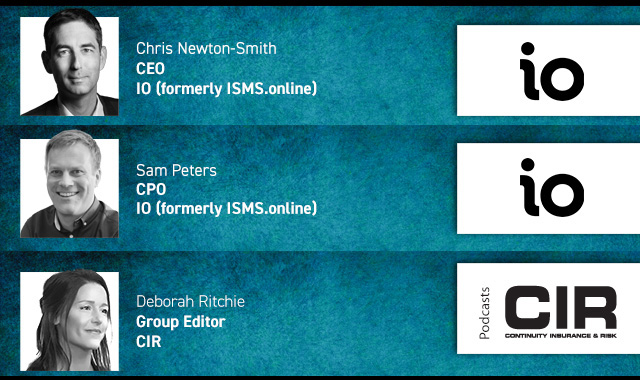Ongoing supply chain issues and operational disruptions are the main concerns across the global construction industry, according to a new report from Allianz. The insurer’s 2022 Risk Barometer ranks business interruption as the top threat for construction companies worldwide, with the consequences of a natural catastrophe event ranking a very close second, and fire and explosion third.
"The industry is facing a large number of challenges - at the top of which are supply chain bottlenecks and shortages of materials and staff," said Jonathan Tabor, head of construction and IDI,regional unit London and Nordics, at AGCS.
Last year, surges in demand were accompanied by disruptions in production and logistics when factories were forced to close following Covid-19 outbreaks, while there was also record congestion at key container shipping ports.
Extreme weather events in Germany and Western Europe, the US and China, also showed the construction industry – as well as other sectors - that secondary hazards such as flooding, heavy rain, thunderstorms, tornadoes and even winter frost are increasing in frequency and severity and that companies need to become more weather resilient.
"Previous once-in-a century events may occur more frequently in the future, even in regions that were considered 'safe' in the past. Construction companies must also react to these new possibilities.”
Cyber incidents (23% of responses) climbs one position year-on-year in the construction risk rankings, while shortage of skilled labour (21% of responses) is a new entry in the top five threats. Cyber risks in construction can range from malicious attempts to gain access to sensitive data, to disruption of project site control and associated theft, to disruption of the supply chain and potential corruption of project design data, resulting in delays and ultimately reputational risk.
"Hacker attacks, system failures and data breaches are also likely to impact the construction industry in the future as it continues to digitalise," said Rehan Hussain, head of cyber, regional unit London and Nordics, at AGCS.
The anticipated shortage of skilled workers could ultimately affect the quality of workmanship and maintenance levels in construction and increase the susceptibility to errors. An AGCS analysis of nearly 30,000 industry claims studied between 2016 and the end of 2020 shows that construction defects and poor workmanship are a leading cause of losses, accounting for around 20% of the value of claims.
This annual survey is based on the insights of 2,650 professionals in 89 countries and territories, including CEOs, risk managers, brokers and insurance experts. The number of participants from the construction industry totalled 160.
Image courtesy CHAS
Printed Copy:
Would you also like to receive CIR Magazine in print?
Data Use:
We will also send you our free daily email newsletters and other relevant communications, which you can opt out of at any time. Thank you.











YOU MIGHT ALSO LIKE